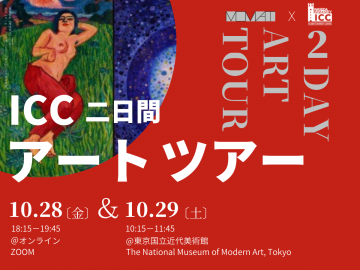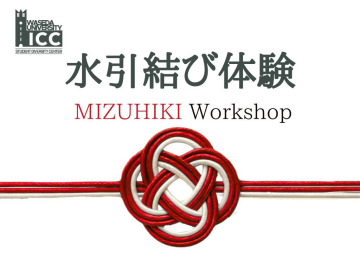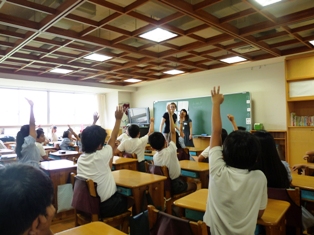Irfan Nurhadi Satria
Graduate School of Economics
Do you know a lot about modern art? While I know some of the famous artists of modern styles, I did not know much. So when I saw the announcement that ICC and the National Museum of Modern Art, Tokyo would have a collaboration for Waseda University students to do a hybrid-style museum tour, I perked up and signed up instantly. Now, my Japanese is not that good yet, but I survived the online explanation on the first day. We were introduced by Museum staff in groups of five to three paintings: one Japanese and two Western pieces. The Japanese piece was Kishida Ryusei’s Road Cut through a Hill (1915, photo below).
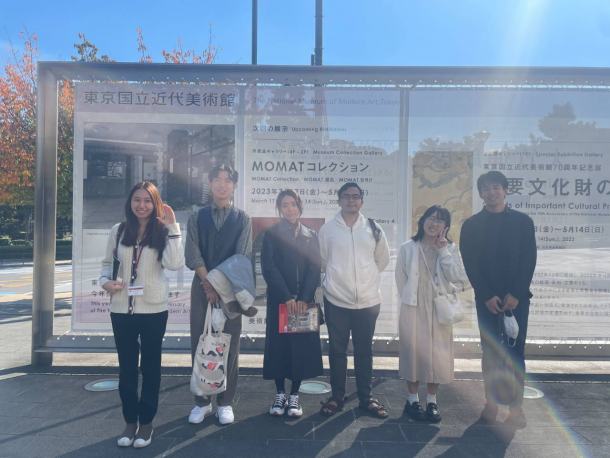
Tour participants (author 3rd from right; photo by ICC)
What is art? It is a very hard question to answer, but from our discussions I could piece together that each artwork has meaning embedded in them by their artists. The design, color scheme, lines, composition – many of them are explicitly chosen by artists in producing their works. From shadows of communication towers on the summer sun-blasted ground, to women sitting together in abstract lines. The meaning and feel of each artwork was only comprehensible to me with the help of Museum guides.
On the second day, we physically went to the Museum. I had a burning question that morning, as I wasn’t able to identify the second woman in the second exhibition piece the previous night. But more than that, the first day’s explanations helped me frame my mind into a mindset that could get and appreciate various artworks in the Museum. From Japanese artists to Western artists, to all over the world.
There are three pieces of artwork that I most remember. The first is the first realistic drawing of Kannon, known in my country as Guanyin, on top of a dragon: Harada Naojiro’s Kannon Bodhisattva Riding the Dragon (1890). I remember seeing the same scene in a Buddhist temple in Tokyo, but the realism stunned me. The second is a photorealistic drawing of the Battle of Khalkhin Gol, with all the horrors and awe of scenes of war. The third is the entire Room 11: Paintings as Objects and Places. I always have a fascination for visual puzzles and optical illusions, and you really need to be there to see how modern artists can hack through your optic nerves to show you beauty.
Thank you very much to ICC and MOMAT for a very fun 2-day event!
Currently, MOMAT is holding “Let’s Talk Art Online” sessions for English-speakers, which I fully recommend!
Have fun!
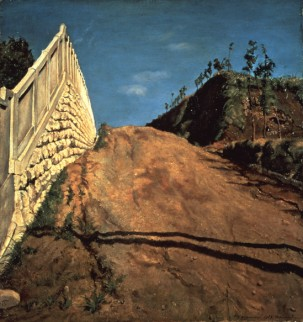
Kishida Ryusei, “Road Cut through a Hill”, 1915 (photo by MOMAT)
See this National Important Cultural Property at MOMAT Collection, 4th floor, through February 5, 2023.

